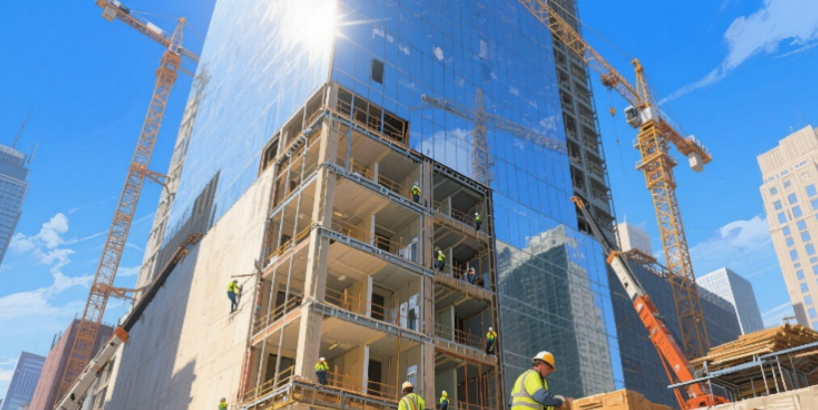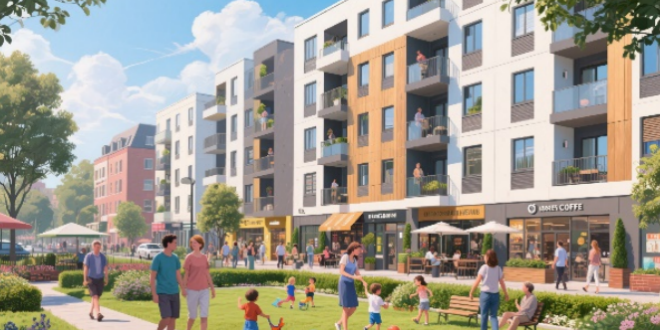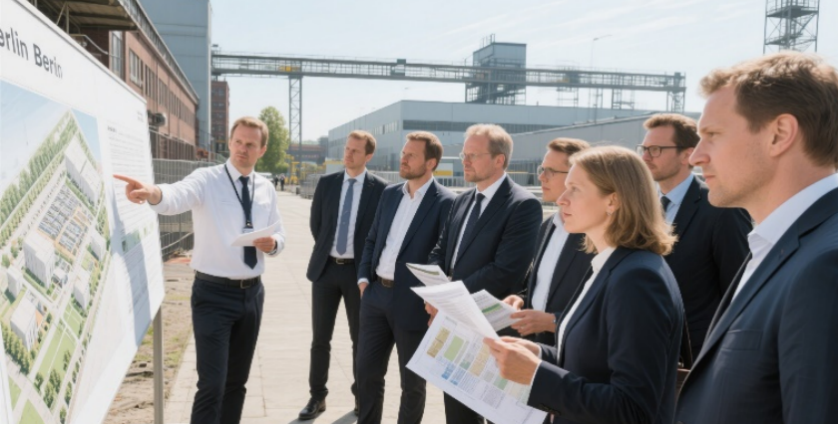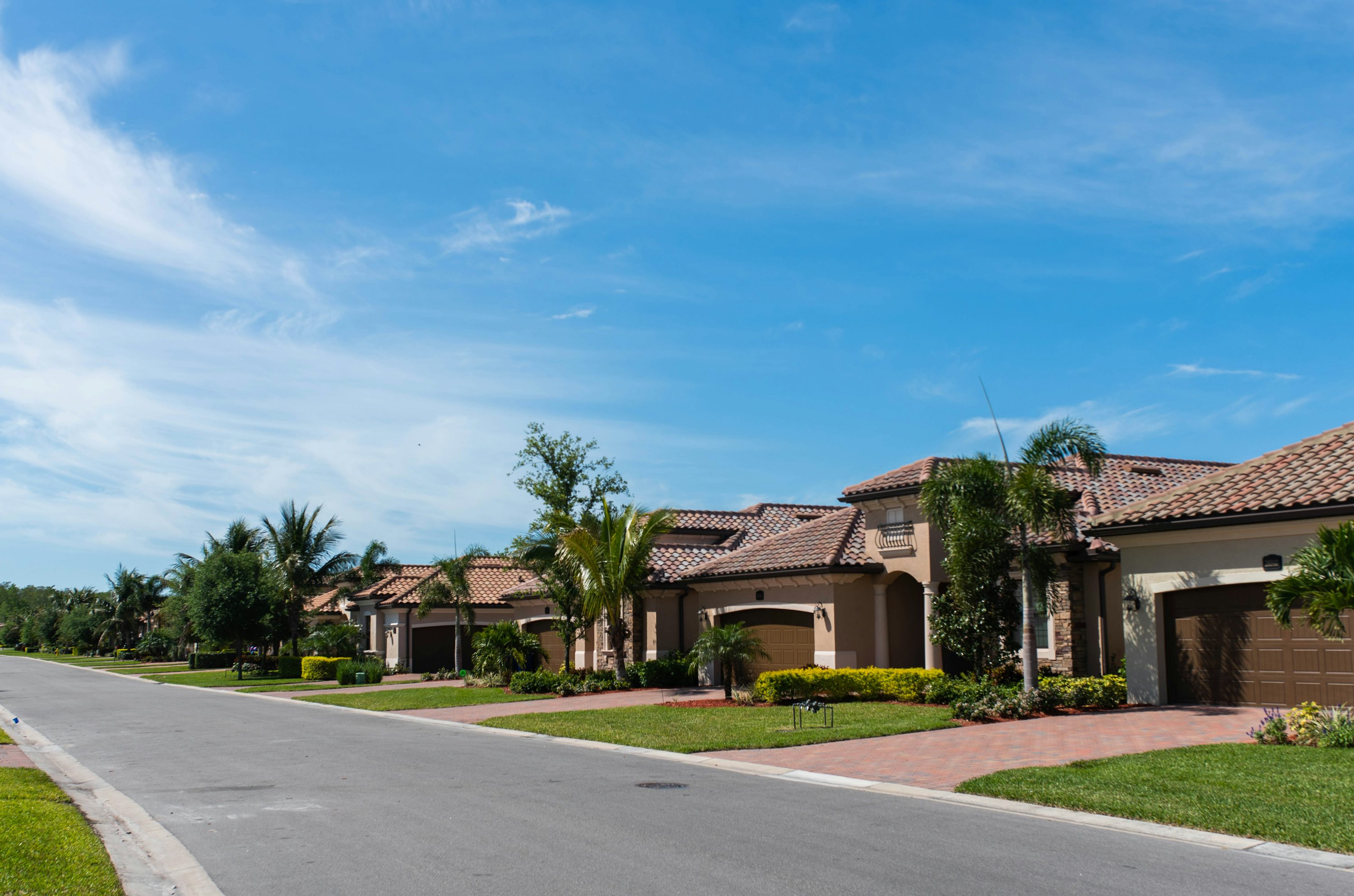
Chicago’s downtown skyline is undergoing a dramatic transformation as developers capitalize on the city’s office vacancy crisis to repurpose underutilized skyscrapers into residential towers. This trend, driven by a confluence of economic incentives and shifting urban dynamics, allows developers to achieve 20% cost savings compared to new construction, while federal and local subsidies further sweeten the financial equation.
The Financial Mechanics of Conversion
Office-to-apartment conversions in Chicago are reshaping the real estate landscape by addressing two critical issues: soaring office vacancies (reaching 23.7% in 2023) and acute housing demand. Developers like Prime Group and Capri Investment Group are leveraging the city’s La Salle Street Reimagined initiative, which provides $151 million in tax-increment financing (TIF) subsidies for four major projects converting 1.3 million square feet of office space into 1,037 apartments . These subsidies cover 20–44% of total project costs, with a focus on preserving 30% of units as affordable housing to meet community needs .
The federal government has also stepped in, with the Biden administration expanding access to programs like the Transportation Infrastructure Finance and Innovation Act (TIFIA) and HUD’s mortgage insurance for rental housing, which offer low-interest loans and guarantees for transit-oriented developments . While the Rural Energy for America Program (REAP)—originally designed for rural energy projects—does not directly apply to urban conversions, these other federal tools enable developers to offset up to 60% of renovation costs, particularly for energy-efficient upgrades and structural retrofitting .
The Profitability of Repurposing
Beyond subsidies, the financial appeal of conversions lies in rent yield optimization. Office buildings typically generate 3.5% rental yields, constrained by long-term leases and maintenance costs. In contrast, residential conversions yield 6.8% on average, driven by shorter lease terms, higher tenant turnover, and premium rents for urban living . For example, converting a Class C office building in Chicago’s Loop district into apartments can increase monthly rents from $25–30 per square foot (office) to $40–50 per square foot (residential), with occupancy rates exceeding 90% in newly converted properties .
This shift is amplified by cost savings from adaptive reuse. Renovating an existing structure costs 30–40% less than new construction, as developers repurpose foundations, elevators, and mechanical systems . For a typical 500,000-square-foot office tower, this translates to $20–30 million in savings, which can be reinvested in amenities like rooftop decks, co-working spaces, and smart-home technologies to attract renters .

Challenges and Community Impacts
While conversions offer compelling economics, they face hurdles. Zoning restrictions and building code compliance (e.g., fire safety, natural light requirements) often necessitate costly modifications. For instance, Chicago’s historic La Salle Street corridor requires developers to retain architectural features while reconfiguring floor plans for residential use, adding 10–15% to construction timelines .
Community stakeholders also emphasize the need for mixed-income integration. The city’s TIF subsidies mandate that 30% of converted units be affordable, targeting households earning 60% of the area median income (e.g., $58,800 for a family of four in Chicago) . This ensures conversions do not exacerbate gentrification but instead contribute to inclusive neighborhood revitalization.

The Path Forward
Chicago’s office-to-apartment boom is a model for urban resilience. By combining local subsidies, federal financing, and market-driven demand, the city is breathing new life into its downtown core while addressing housing shortages. As Mayor Brandon Johnson noted, “These conversions aren’t just about saving buildings—they’re about reimagining downtown as a 24/7 community where people live, work, and thrive” .
For developers, the key lies in strategic subsidy stacking—combining TIF funds with HUD loans and energy-efficient tax credits—to maximize returns. For policymakers, the focus must remain on equitable zoning reforms and transit-oriented development to ensure conversions align with long-term urban sustainability goals.
In a city where skyscrapers once symbolized corporate dominance, they now stand as testaments to adaptability. Chicago’s transformation proves that with the right incentives and vision, vacant offices can become vibrant homes, turning urban challenges into opportunities for growth.





